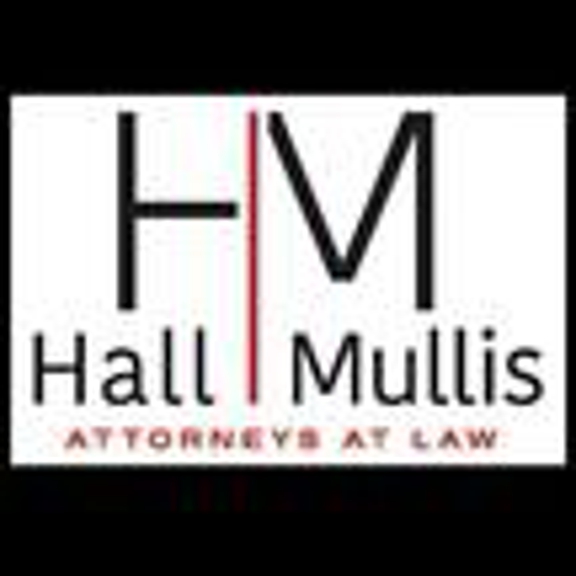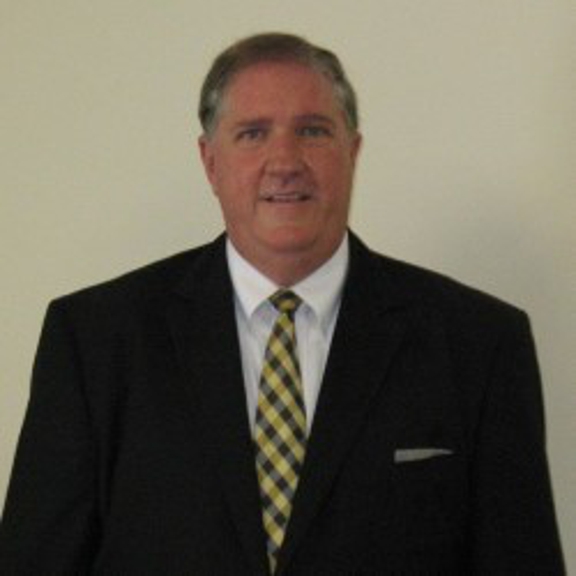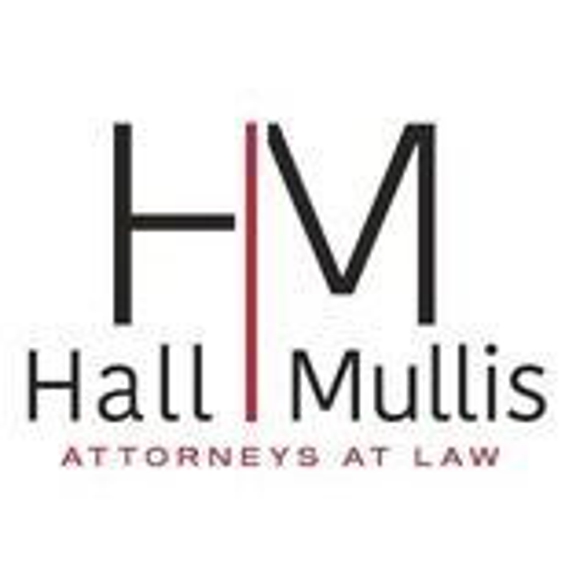Hall & Mullis PC
 908 North Patterson Street, Valdosta, GA 31601
908 North Patterson Street, Valdosta, GA 31601
Welcome to Hall & Mullis. We can help you eliminate debt, stop repossessions and foreclosures, stop wage and bank account garnishments, stop creditor harassment, stop tax levies, protect your assets, and keep you in business
More Business Info
Over 40 years of combined experience with Bankruptcy Laws.
- BBB Rating
- Hours
- Regular Hours
Mon - Thu: Fri: Sat - Sun Closed - Logo
- Services/Products
- Chapter 7: Straight Bankruptcy or Liquidation Chapter 7 is the quickest, easiest way to get out of debt. Like all chapters of bankruptcy, however, it has pros and cons that you should discuss with a lawyer before you decide to file. Chapter 7 Eliminates most Debts Under Chapter 7, unsecured debts such as medical bills, personal loans and credit cards will be discharged. This means you do not have to repay them. Secured debts may be discharged if you return the collateral to the creditor. For example, if you can no longer pay your auto loan and do not plan to keep your car, you can return it to the creditor and your loan will be wiped out. You can also choose to keep your car and continue making direct payments to the creditor. Chapter 7 provides the automatic stay, which prevents creditors from harassing you and taking collection actions against you. This means that while the bankruptcy is in progress, no creditor or collection agency can contact you, foreclose on your home or repossess any property. We will put your finances through the Chapter 7 means test to determine whether you qualify. If you do not, you may be able to file Chapter 13 bankruptcy instead. Chapter 13 Bankruptcy: Wage Earner's Reorganization People typically choose Chapter 13 if they are over the income limit for Chapter 7 or if they wish to save their home from foreclosure or car from repossession. Filing bankruptcy halts all collection actions, including foreclosure and repossession, while the bankruptcy process is ongoing. Because Chapter 13 gives you three to five years to catch up on payments, it is often a good choice for people facing foreclosure or repossession. Basics of Chapter 13 Under Chapter 13 bankruptcy, your debts, including the mortgage, will be reorganized into a repayment plan over three to five years. As part of the plan, the payments on these debts will be lowered so they are more affordable. Successful completion of the repayment plan will result in some of your remaining debts being discharged, if they are eligible. Unsecured debt, such as credit cards and medical bills, may be discharged. Some debts are not dischargeable under bankruptcy, including court-ordered child support and spousal support, student loans and certain types of taxes.
- Payment method
- visa
- Accreditation
American Bar Association
- Other Link
- Social Links
- Categories
- Bankruptcy Law Attorneys, Attorneys









